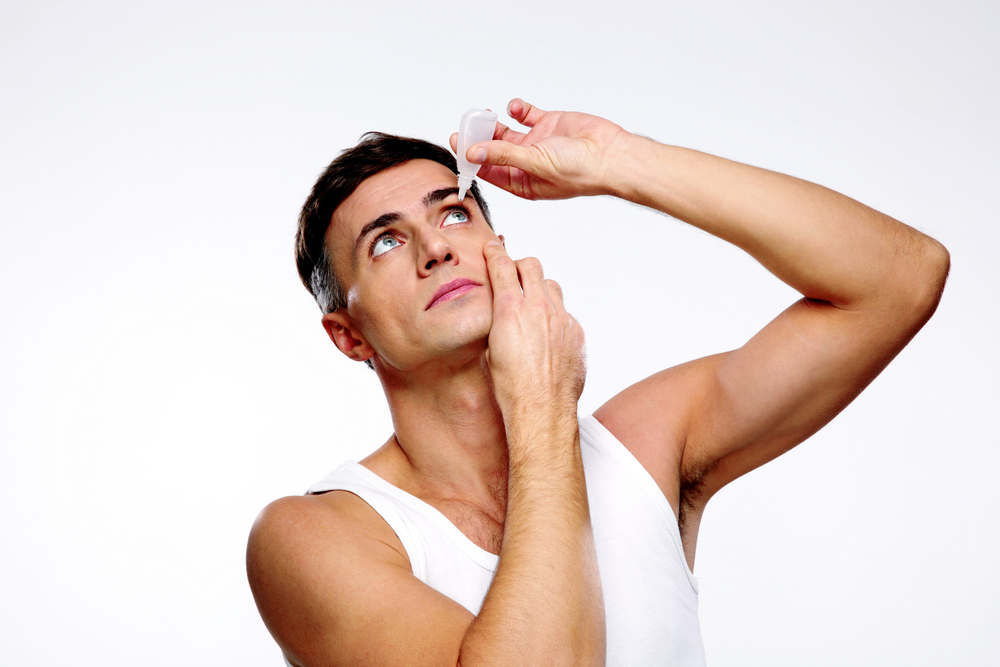
Millions of people across the world suffer from dry eye. This common eye condition occurs when there is a problem with our tear film. Our eyes rely on a constant supply of tear film to keep the surface hydrated, enabling our eyes to move comfortably and remain healthy. People with dry eyes usually experience one of three main causes for their condition.
Their eyes aren’t making enough tear film.
The tear film quality is compromised as the tears don’t contain enough oil.
The tear film drains from the eyes too quickly.
Although anyone can suffer from dry eyes, the condition is more likely in people who are over the age of 50, who spend a lot of time using digital devices, and who take certain medications, such as some types of antidepressants and antihistamines. Fortunately, dry eye is a condition that can usually be easily rectified.
Common Symptoms of Dry Eye
Dry eye can have a variety of different effects. Some of the symptoms that are most commonly associated with dry eye include:
Sensitivity to light and glare
Redness around the eyes
Stringy mucus in or around the eyes
Stinging, burning, or scratchiness
Feeling as though there is something in your eyes
Pain, discomfort, and difficulty placing and removing contact lenses
Difficulty with night-time driving due to focus and glare from lights
If you notice any of these symptoms, you could be experiencing dry eye and should schedule an appointment with your eye doctor to discuss them.
Diagnosing Dry Eye
Diagnosing dry eye is a fairly straightforward process. Firstly, your eye doctor will ask you about the symptoms that you have been experiencing. Next, they may perform an analysis of your tear film. This usually involves placing a tiny piece of tissue or paper on the lower lashes and seeing how quickly it becomes moist. The longer it takes, the more likely you are to be suffering from dry eyes.
Treatment for Dry Eye
Exactly which treatment you will be recommended will largely depend on what your eye doctor believes to be the cause of your dry eye. Some of the most common treatments for dry eye include:
Artificial tears. Although these don’t treat the underlying cause of dry eye, they can make the surface of the eyes more comfortable in the meantime.
Prescription eyedrops. Some prescription medications are very effective at reducing the symptoms of dry eye. These are usually administered as an eyedrop that works to reduce inflammation that is affecting or stopping tear film production.
Lipiflow. Lipiflow is a technological device that uses a combination of heat and massage to break down hardened oil deposits that may be stopping enough oil from reaching tear film, reducing its quality and effectiveness.
Compresses and massage. Lipiflow needs to be performed in-office, but if this isn’t convenient, you can also try combining warm compresses and gentle eye massage yourself at home. In many cases, it has very similar success.
Punctal plugs. Punctal plugs are used to help slow down the drainage of tear film from the eyes, keeping it on the surface longer which then helps to reduce the symptoms of dry eye.
For more information about diagnosing and treating dry eye, visit Manheim Family Eye Care in Manheim, PA. Call (717) 423-8400 to schedule an appointment today.








